When we hear the word “countries,” we often think of large territories with crowded cities and large population. But there are also some countries that have remarkably small populations. The small population of these countries can be attributed to their geographical remoteness and lack of resources. However, these countries possess special cultures, histories, and geography that make them interesting to travel to and reside in.
Key Takeaways
- Tuvalu is the least populated country in the world with just 9,820 people.
- The major reason behind the least population of these countries is their remote location, limited land area, and scarce resources.
- Many of these nations face challenges related to climate change, rising sea level, and limited economy based on tourism.
Least Populated Countries/Region
The table below presents the countries with lowst population in the world.
| Rank | Country | Most Recent Value | Continent/Region |
|---|---|---|---|
| 1 | 🇹🇻 Tuvalu | 9,820 | Oceania |
| 2 | 🇳🇷 Nauru | 11,880 | Oceania |
| 3 | 🇵🇼 Palau | 17,730 | Oceania |
| 4 | 🇫🇷 St. Martin (French part) | 27,520 | Caribbean (Europe) |
| 5 | 🇸🇲 San Marino | 33,860 | Europe |
| 6 | 🇬🇮 Gibraltar | 38,470 | Europe |
| 7 | 🇲🇭 Marshall Islands | 38,830 | Oceania |
| 8 | 🇲🇨 Monaco | 38,960 | Europe |
| 9 | 🇬🇧 British Virgin Islands | 38,980 | Caribbean (North America) |
| 10 | 🇱🇮 Liechtenstein | 39,850 | Europe |
The data is sourced from the UN World Population Prospects 2024.
1. 🇹🇻 Tuvalu – Population: 9,820
Tuvalu is among the world’s smallest and least populated nations in the British Commonwealth. It is a nation found in the Pacific Ocean and composed of 9 tiny islands scattered in the enormous ocean. Its distant location makes it difficult for people to access it, and its small land area limits the population to just a few thousand.
Tuvalu boasts a strong Polynesian culture and close-knit society that value tradition and culture. It is under major threat from climate change and rising sea levels.
2. 🇳🇷 Nauru – Population: 11,880
Nauru is the smallest island nation in Micronesia, in the central Pacific. It was previously called Pleasant Island and has no official capital. Its remoteness and lack of natural resources have constrained its population growth.
Additionally, Nauru was once famous for its phosphate mining, which was a great source of wealth for the small island. However, it also created serious environmental problems for the country. Today, Nauru relies heavily on foreign aid particularly from Australia, Taiwan and New Zealand.
Global Population Change by Generation in 2035
3. 🇵🇼 Palau – Population: 17,730
Palau is an archipelago of more than 500 islands in the western Pacific Ocean. The nation is a popular destination among divers and nature enthusiasts because of its beautiful coral reefs and crystal-clear waters. Yet, its isolation and limited land area have kept its population one of the smallest in the world.
The government of Palau has enforced strict environmental laws to safeguard its natural beauty, which restricts large-scale development and urbanization in this archipelago.
4. 🇫🇷 St. Martin (French part) – Population: 27,520
The French part of St. Martin is a small Caribbean Sea Island. The island nation boasts a small population, due to its narrow land area and scare resources. Its economy relies heavily on tourism, which provides jobs and income for its residents. Although it has a tiny population, St. Martin is culturally diverse and is a major tourist spot in the world.
5. 🇸🇲 San Marino – Population: 33,860
San Marino is one of the world’s oldest republics and a microstate completely enclosed by Italy. It is situated in the Apennine Mountains and is famous for its medieval buildings and history, which have been well maintained for centuries. The country’s small size and mountainous landscape have restricted population growth. Nevertheless, San Marino’s robust economy and high standard of living make it a desirable place to reside.
6. 🇬🇮 Gibraltar – Population: 38,470
Gibraltar is a small British Overseas Territory situated at the southern end of the Iberian Peninsula. The small region is strategically important because it stands at the entrance of the Mediterranean Sea. Gibraltar’s economy revolves around tourism, shipping, and financial services, and its inhabitants have a very high standard of living in the world.
7. 🇲🇭 Marshall Islands – Population: 38,830
The Marshall Islands is a nation of 29 atolls and five islands within the central Pacific Ocean. Its remote location and scattered islands have kept its population small. The Marshall Islands boasts a distinctive culture and history, such as its participation in nuclear testing in the mid-20th century. Today, the country faces challenges like rising sea levels and limited resources.
Global Workforce Change by Generation: Current and Projected 2035
8. 🇲🇨 Monaco – Population: 38,960
Monaco is a small city-state along the French Riviera. It is one of the wealthiest and most densely populated countries in the world. It is known for the world’s largest casino, yacht-studded harbor, and Monte Carlo area. In addition, the economy of Monaco depends on tourism, banking, and real estate sectors.
9. 🇻🇬 British Virgin Islands – Population: 38,980
The British Virgin Islands is a British Overseas Territory in the Caribbean. It consists of approximately 60 islands and cays and is famous for white-sand beaches and turquoise waters. The British Virgin Islands is a popular destination for sailing and luxury travel. Its natural scenery and lively culture make it a unique place to visit.
10. 🇱🇮 Liechtenstein – Population: 39,850
Liechtenstein is a small landlocked nation between Switzerland and Austria in the Alps. It is one of the world’s most beautiful nations because of its breathtaking mountain landscape Medieval castles.
Why Are These Countries So Sparsely Populated?
The low population in these nations is due to various reasons. Some of them are found in remote locations, for instance, the Caribbean Sea or the Pacific Ocean. Additionally, limited land area and natural resources also limit the population growth of these nations. Many of these nations also face challenges, such as rising sea levels and economic dependence on a single tourism industry.
Conclusion
In summary, the countries with lowest population may be small in size, but they are rich in culture, history, and natural beauty. From the remote islands of the Pacific to the dazzling city-state of Monaco, each of these nations has a unique culture and history. Their small population is a result of their geography, remoteness, and scare resources.

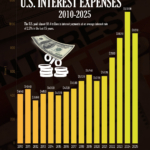

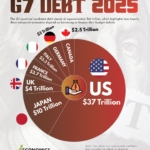

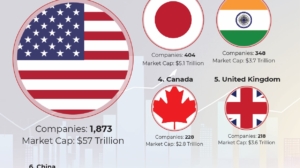
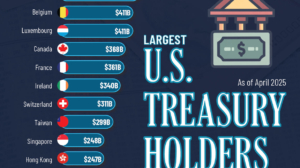
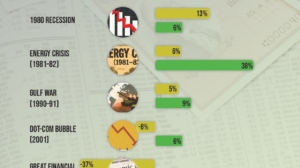


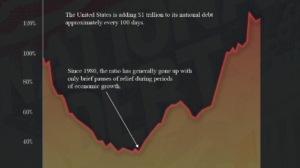

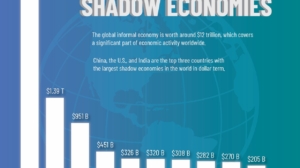
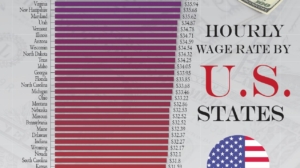
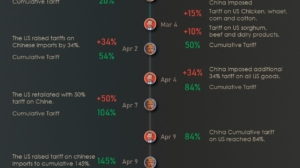

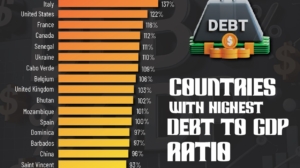
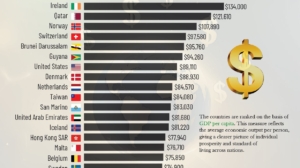
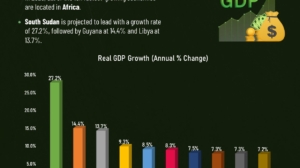
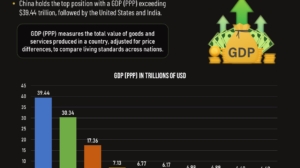

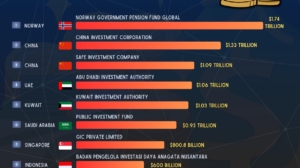
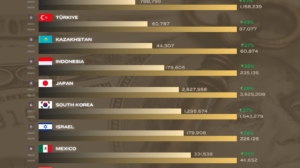

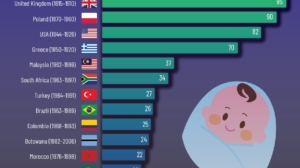
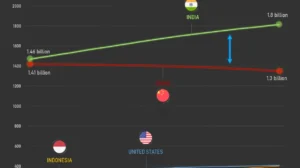
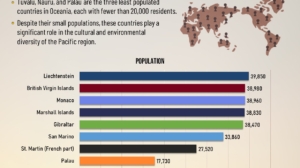
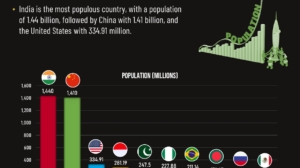
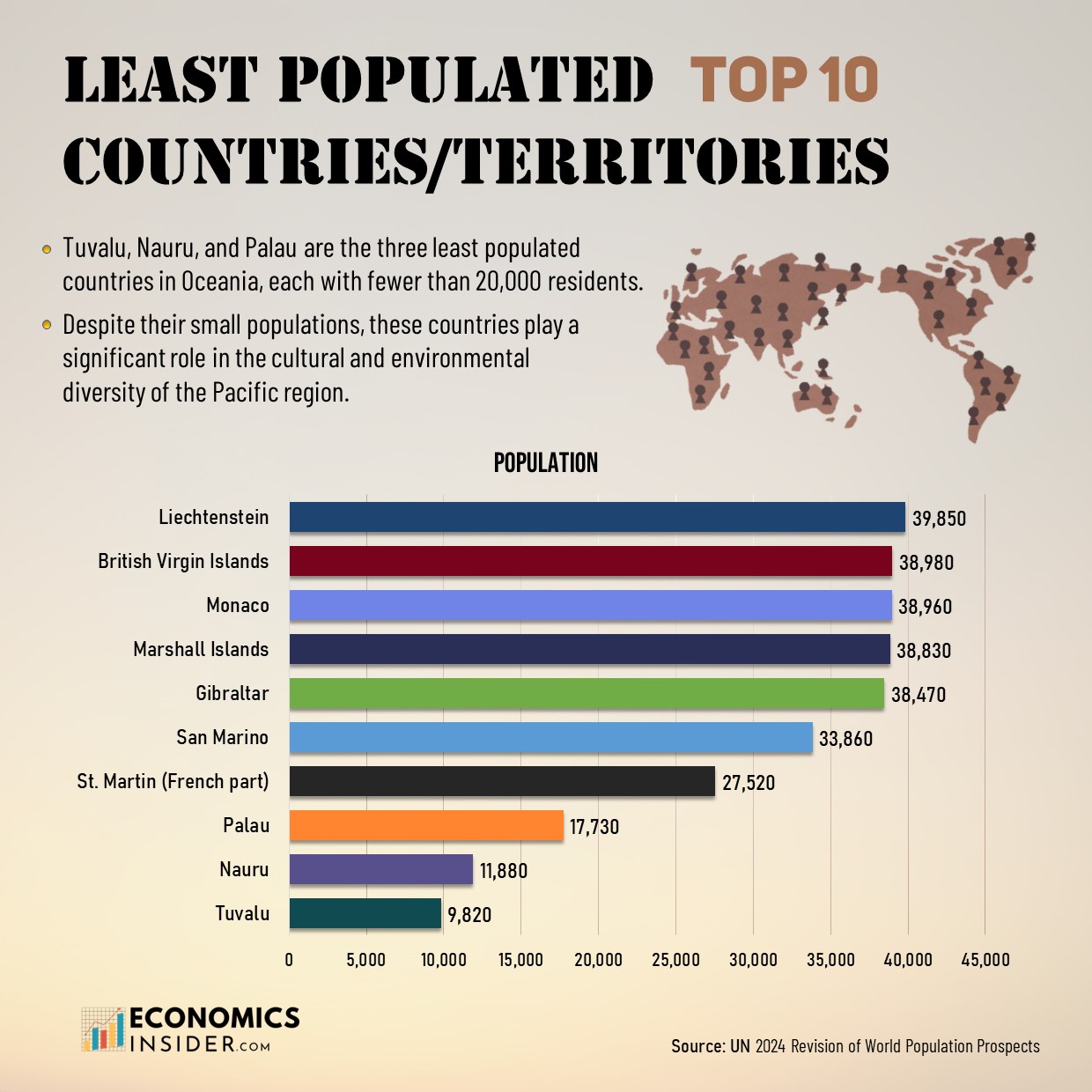


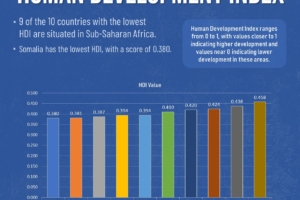








Add Comment